Text
Module 3: Disaster Risk Reduction and Management Reyes, Julianne Faith C. C-SCI-3

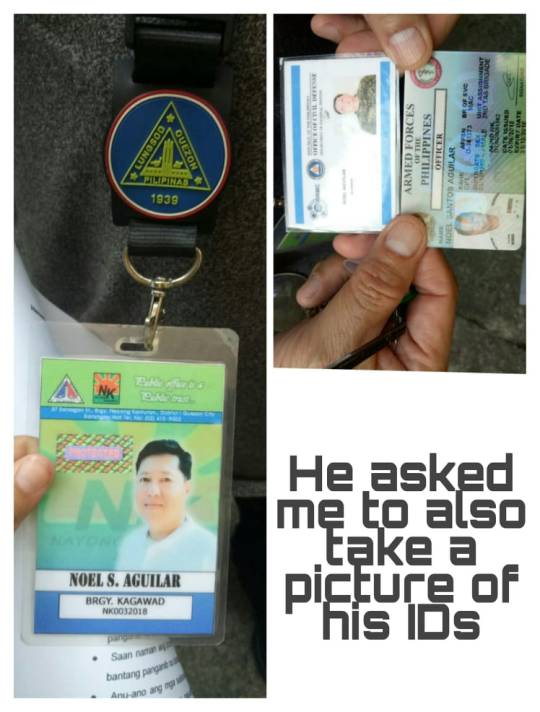
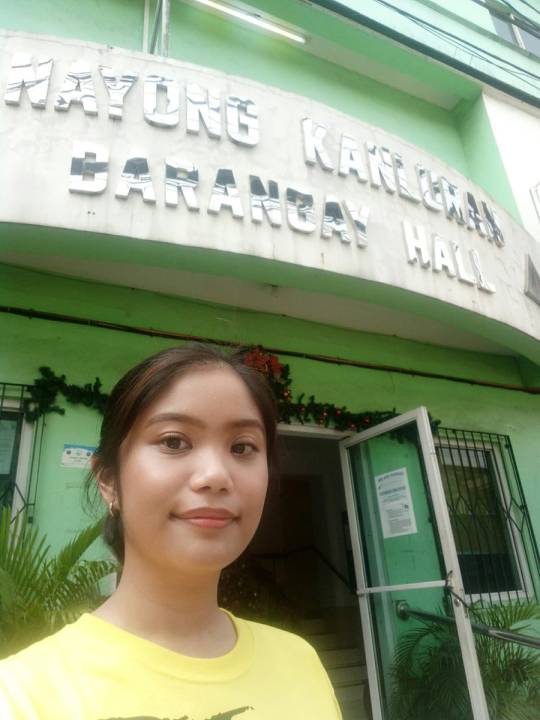
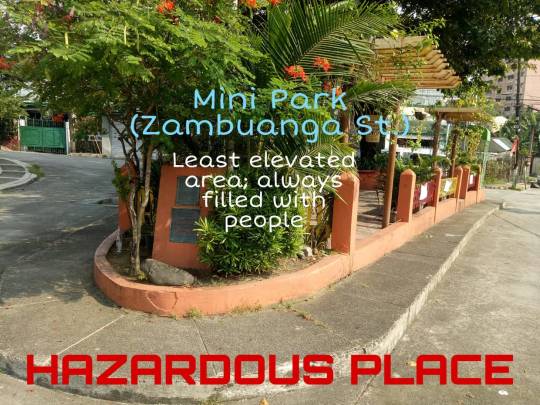
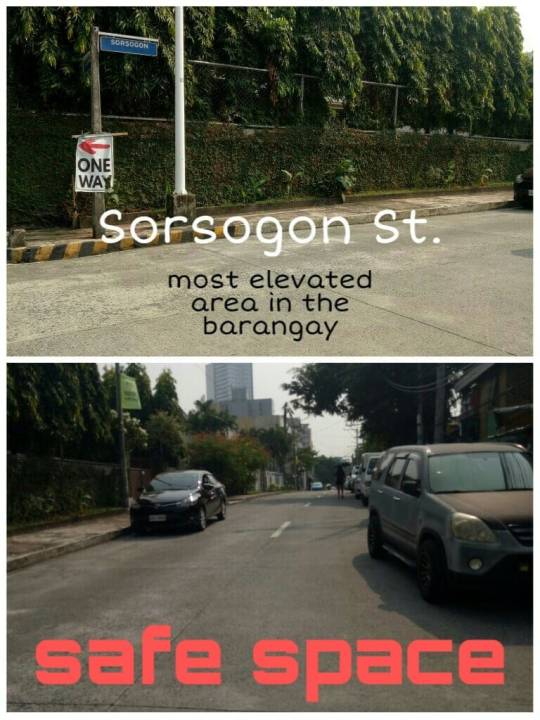
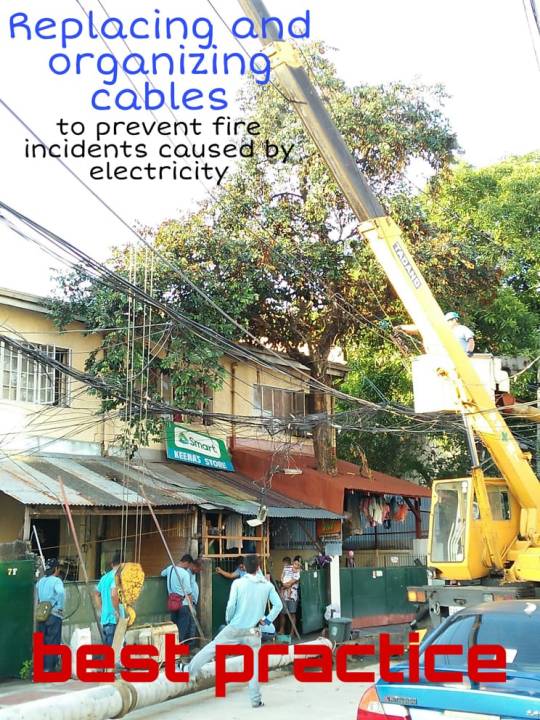
I interviewed Kagawad Noel S. Aguilar, the person in charge of Barangay Disaster Risk Reduction and Management in my barangay, Barangay Nayong Kanluran. He is a graduate from ICS (Incident Command System). He mentioned that he recently attended a seminar that focused on disaster analysis and needs analysis. He is also in charge of maintaining peace and order in the barangay.
According to him, the most recent hazard was a fire but the area was not really prone to hazards therefore the fire was easily extinguished. He said that they are well-trained and that they are able to respond quickly and that's why they are able to mitigate the risk. They have also identified all hazard prone areas within the barangay. Another hazard is the creek near our barangay; there are CCTV cameras to monitor the water level and if there is a possibility of flooding whenever there is a typhoon or heavy rains, they will ask people evacuate the area. The overflowing of this creek may also cause flooding in other barangays.
When asked about what specific place and group of people are the most vulnerable to disasters, Kagawad S. Aguilar answered that it is in Mariblo or the area near the creek and the park in Zamboanga street because it is in a low lying area. The informal settlers will be affected the most in case a typhoon comes because their houses are not well constructed. In our barangay, there are a lot of sidecars, food stalls, sari-sari stores and other small businesses. He said that flooding, heavy rains and strong winds may damage these stalls and sidecars, which may be their only source of income. During earthquakes and typhoons, the safest place to be is in Sorsogon street, which is the highest area in the barangay. In contrary, the most dangerous place is the end of Zamboanga street because it is narrow and the response team are having a hard time entering that area and it is also hard for people to exit. For him, the biggest hindrance to mitigating risks is that people don't listen to their recommendations and they don't participate as much.
Quezon City continuously conducts seminars in order to train from the tanod level until the executive level. Kagawad S. Aguilar mentioned that one can be a DRRM instructor as a career. Our barangay has an evacuation plan and assignments; there will be kagawads and tanods that will be assigned in a certain area and they will be assisting in the evacuation. In order to thrive, the barangay also offers livelihood programs and gender and development program for people who no longer have a source of income after the disaster. For women, they teach them how to bake, make candles and etc. For men, they teach them how to segregate and sell the segregated waste. The kapitan should be the one in charge for the implementation of all of these but times have changed: the incident commander or the person who graduated from ICS should be the one in charge. As mentioned before, the incident commander of our barangay is Kagawad S. Aguilar himself.
To summarize everything, the root problem of the mentioned issues is that some people become vulnerable because they refuse to conform. Maybe it is because they don't think that they'll be greatly affected by the disaster but that's not the case. The government is indeed taking action by promoting seminars, training as many people as possible; this is our first step towards resiliency. However, it is important that all Filipinos are educated about the common terms in DRRM and the different phenomena that may hit our country. I realized the importance of education and awareness because as humans, it is natural for us to not believe what we don't know much about (except in religion). One action I can take is to use my social media platforms to inform people by sharing relevent news and information. If I have time, I can also make infographics that are easy to understand and it is also best to use the Filipino language since majority can only understand Filipino. These infographics should also be posted in disaster prone areas since not all people have phones or even a social media account. The Filipinos, especially the underprivileged, need to feel included and we need to reach out; they need to know that their participation is crucial in our journey towards resiliency.
*photos of hazardous place, safe place and best practice are attached. Explanations are provided in the photos as well.
1 note
·
View note